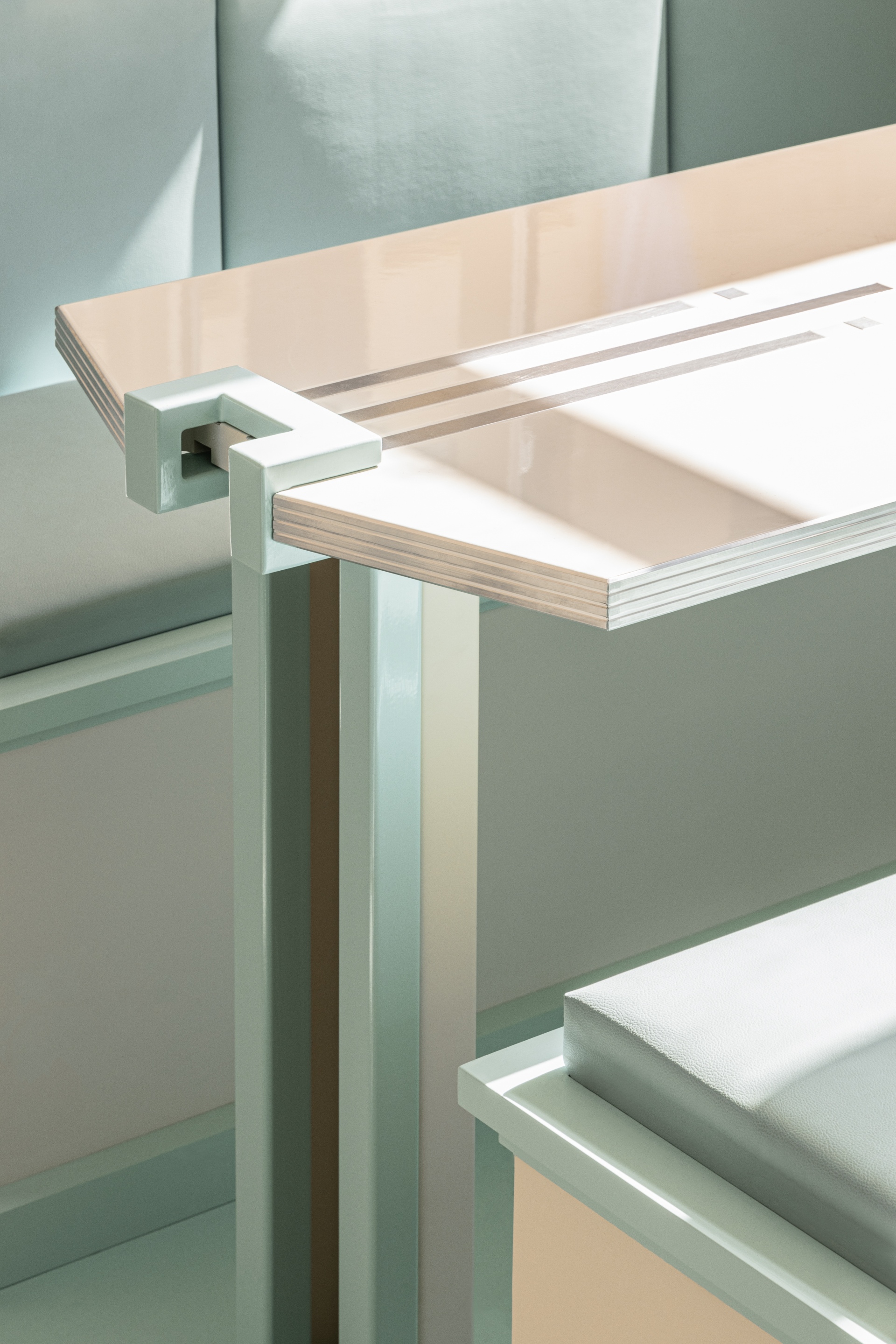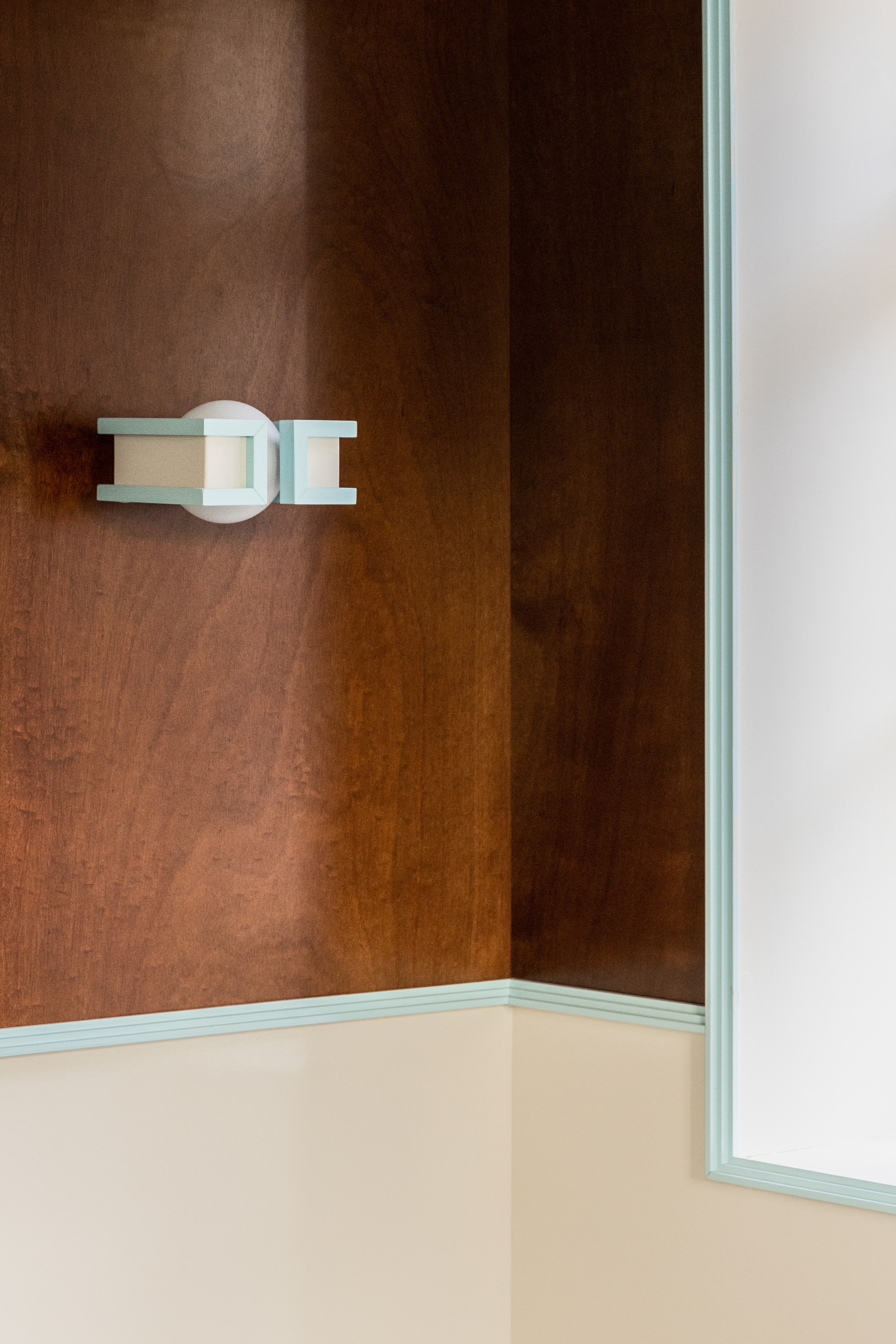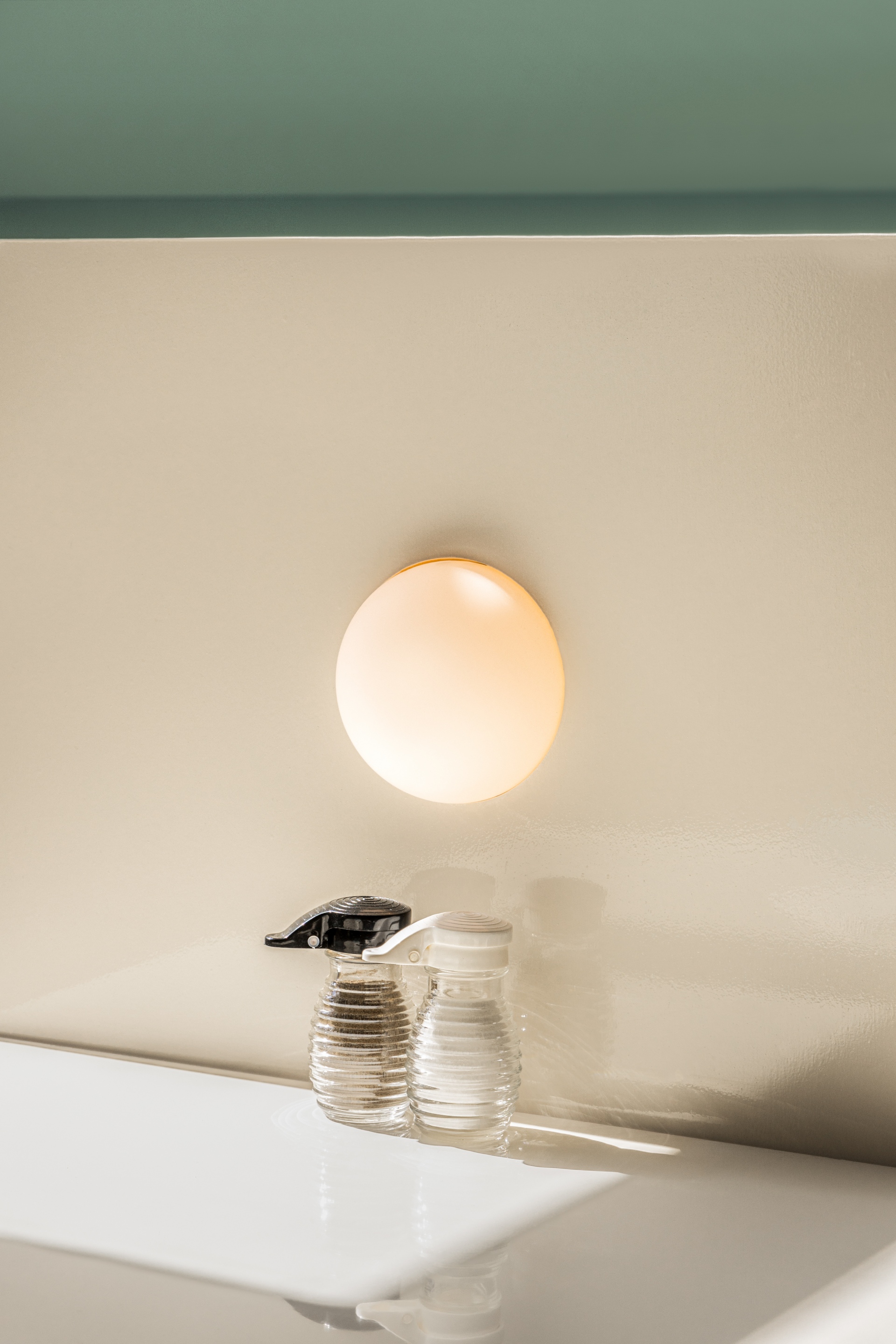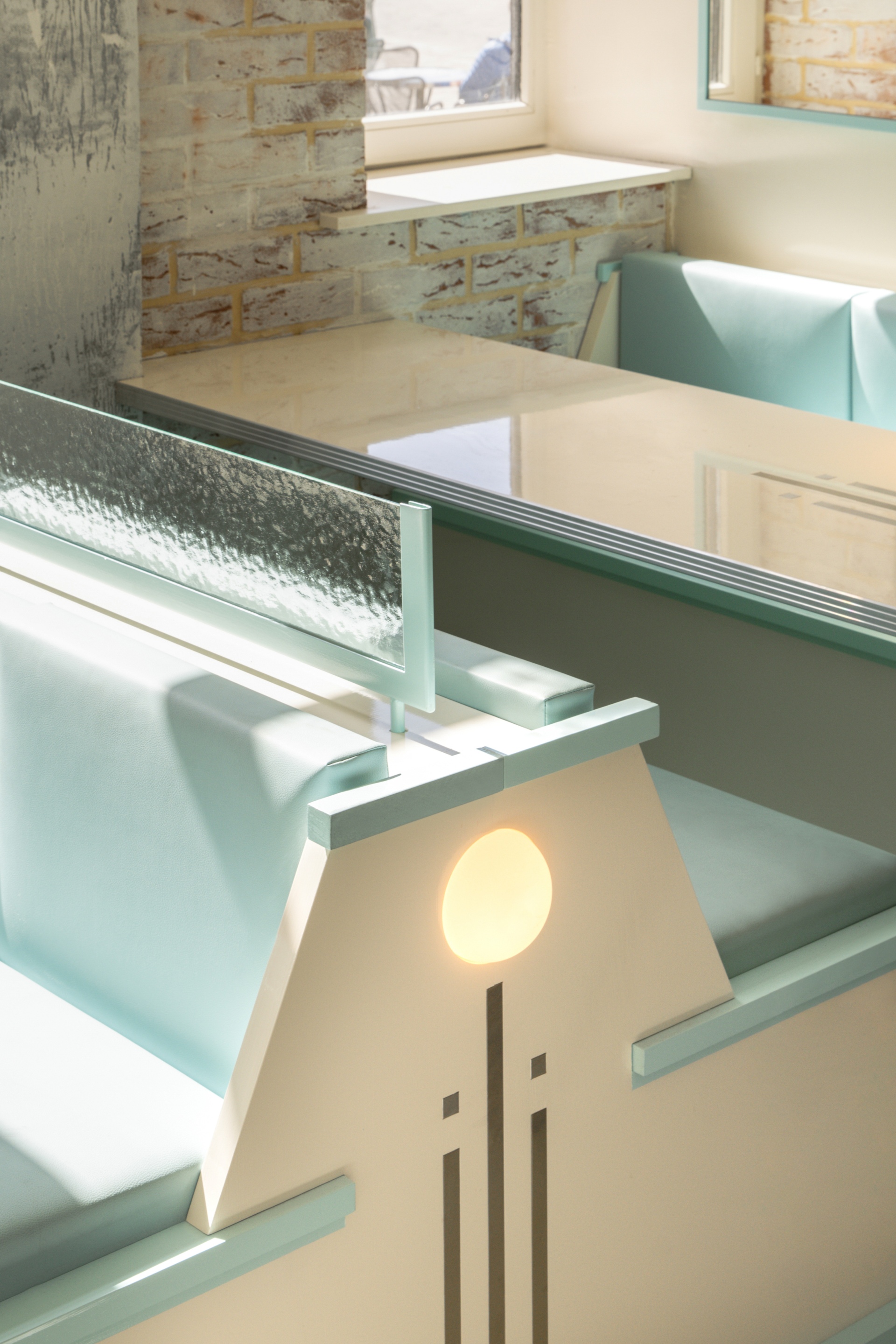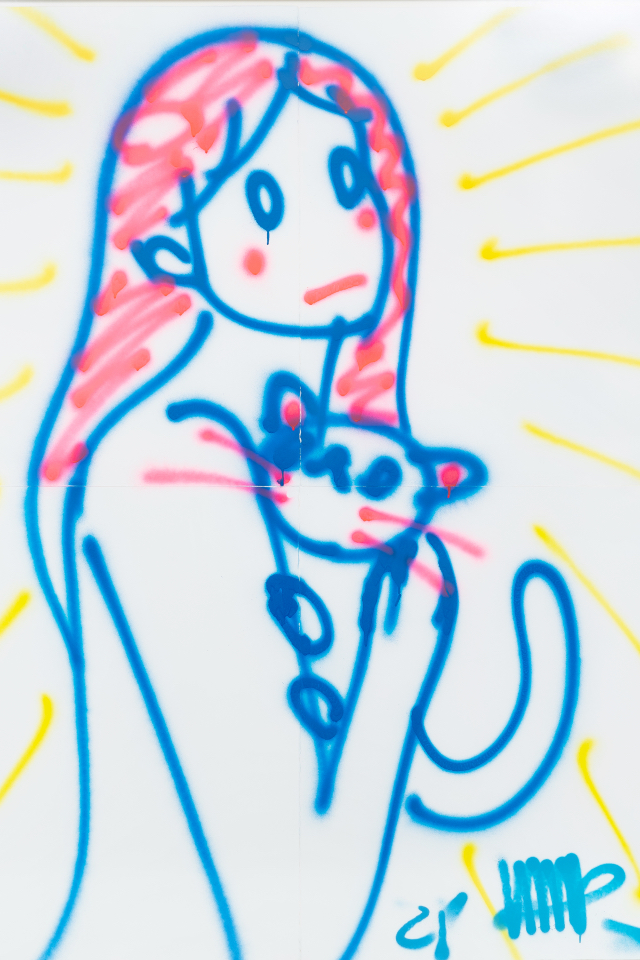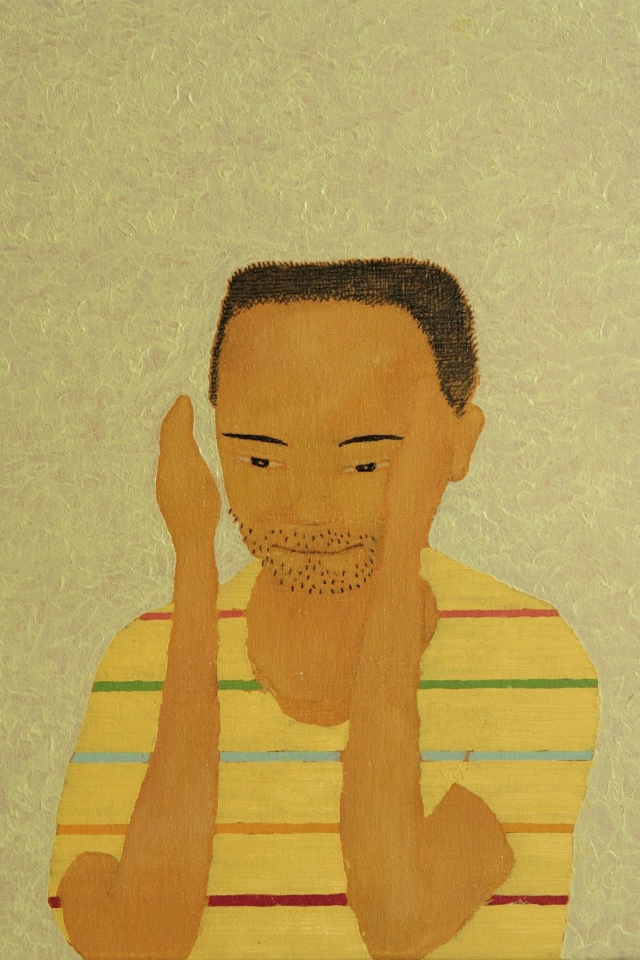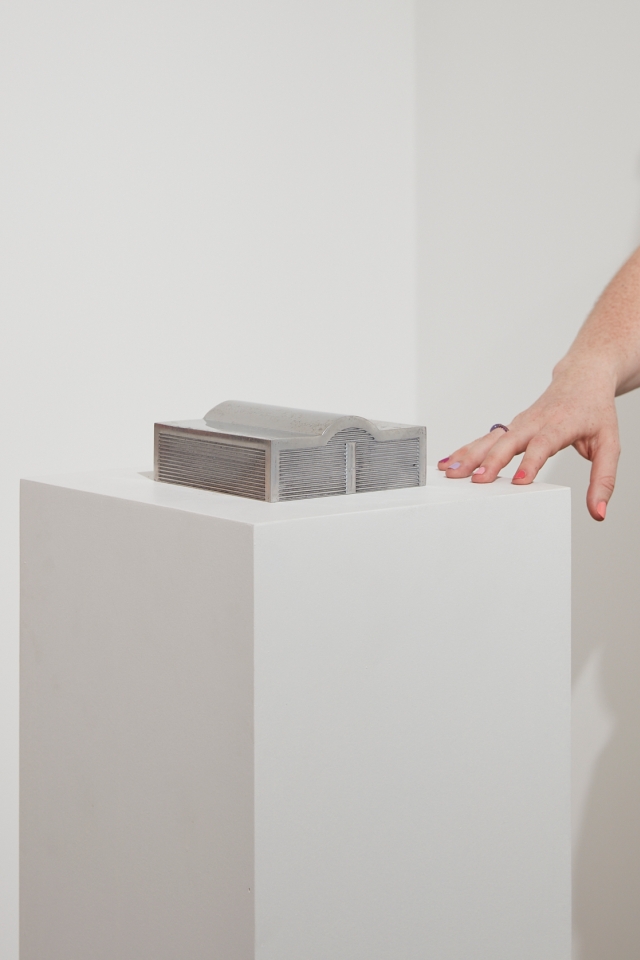In Lille, the four-level restaurant immediately made Rudy Guénaire think of an imaginary cruise ship. The walls were made of the local brique from the North of France. He and his team decided to keep them and simply place the setting within the hundred years-old brique shell, as in a film studio.
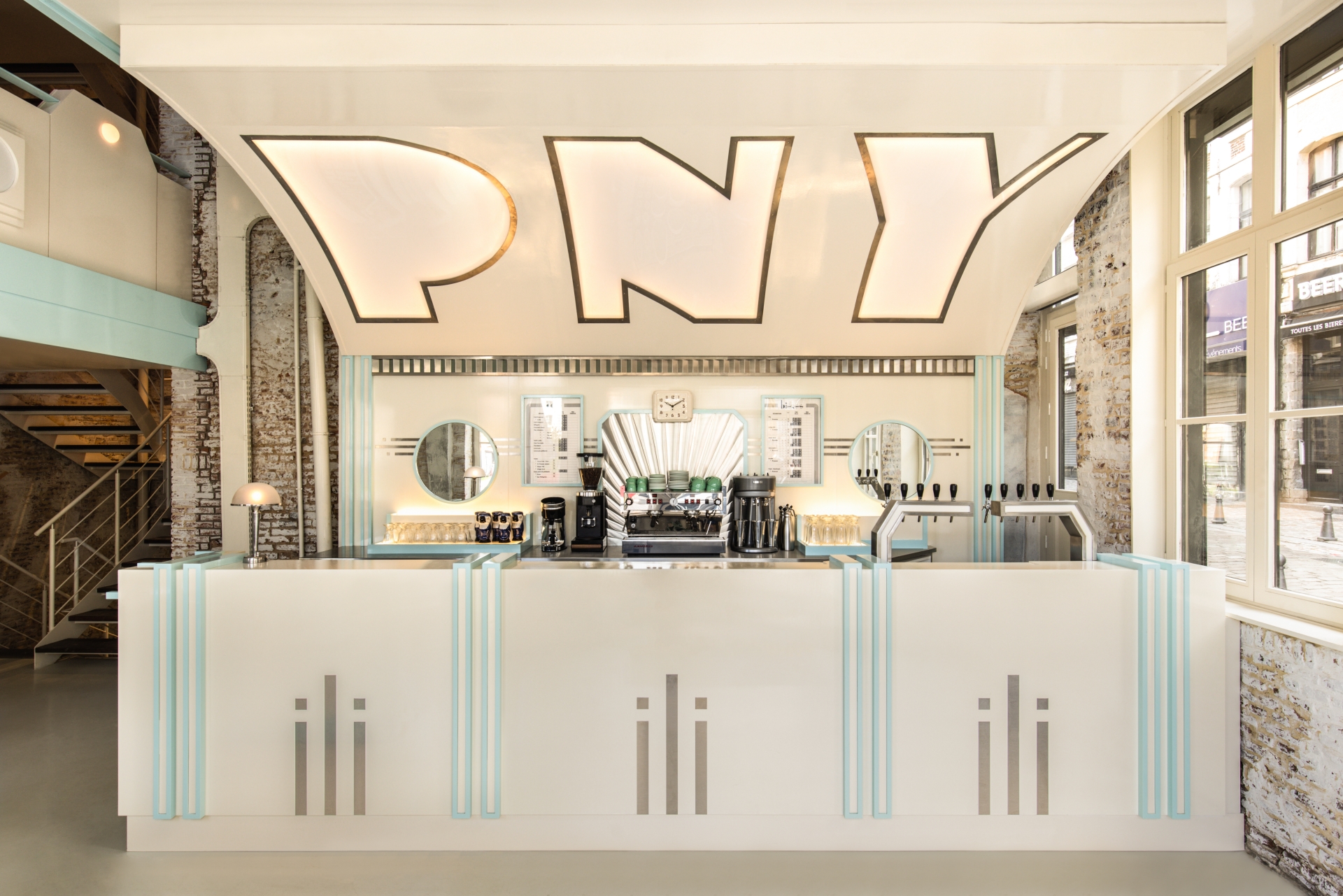
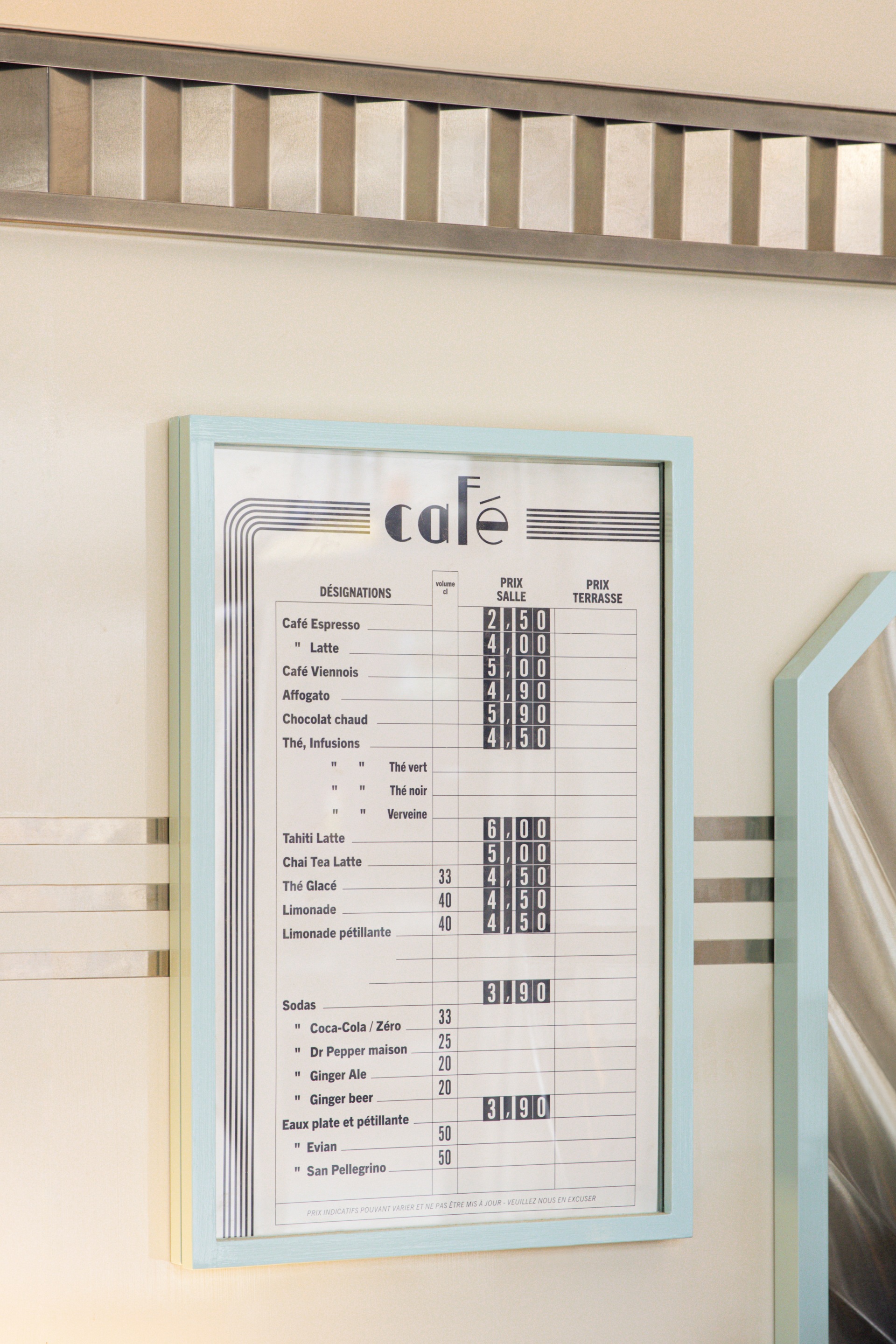
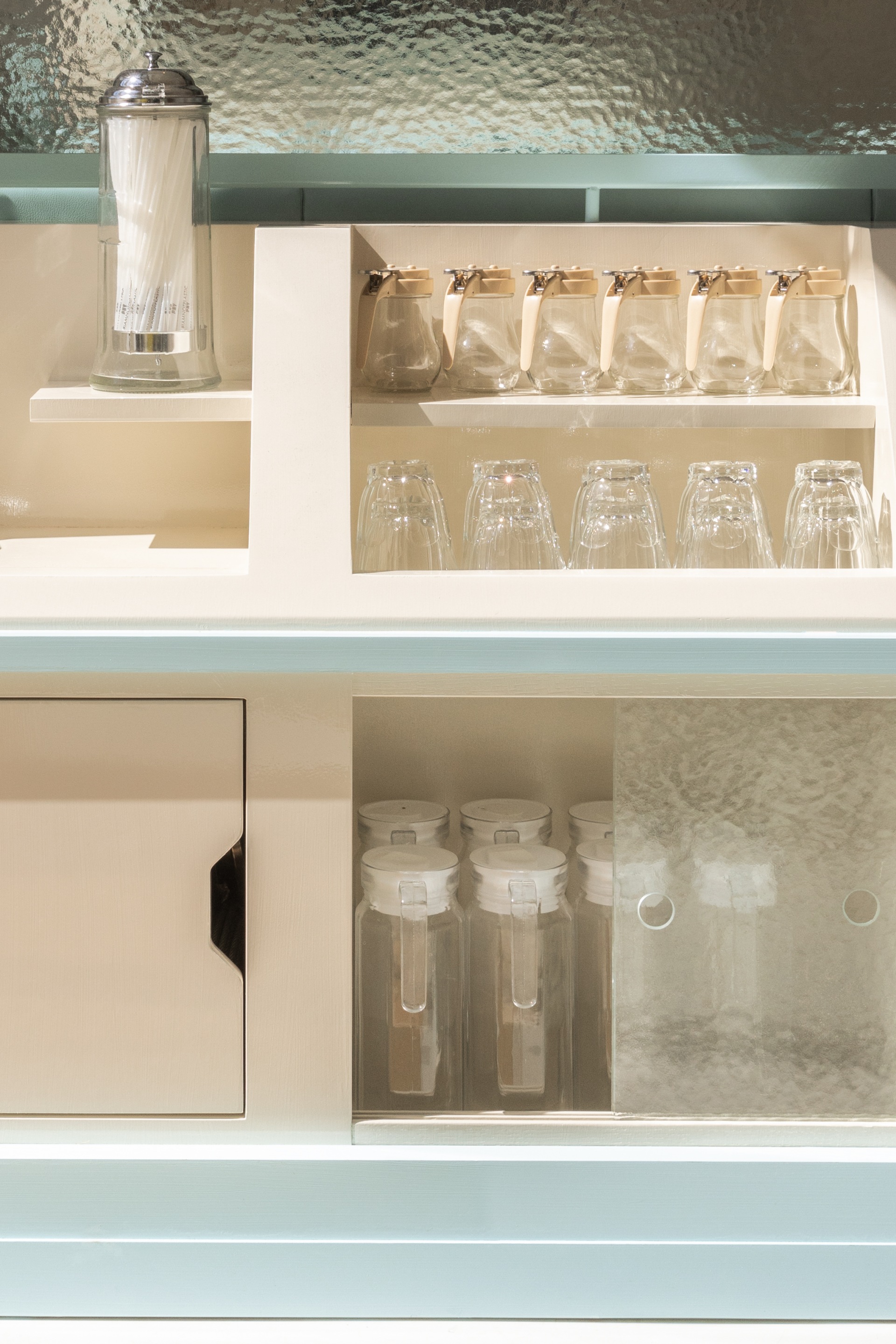
On the ground floor, the bar is the welcoming element; designed like a building from the Miami Art District - it is awash in nougat and blue lagoon hues. The wood panels are brush-lacquered and encrusted with aluminium details. Everything is intentionally very symmetrical.
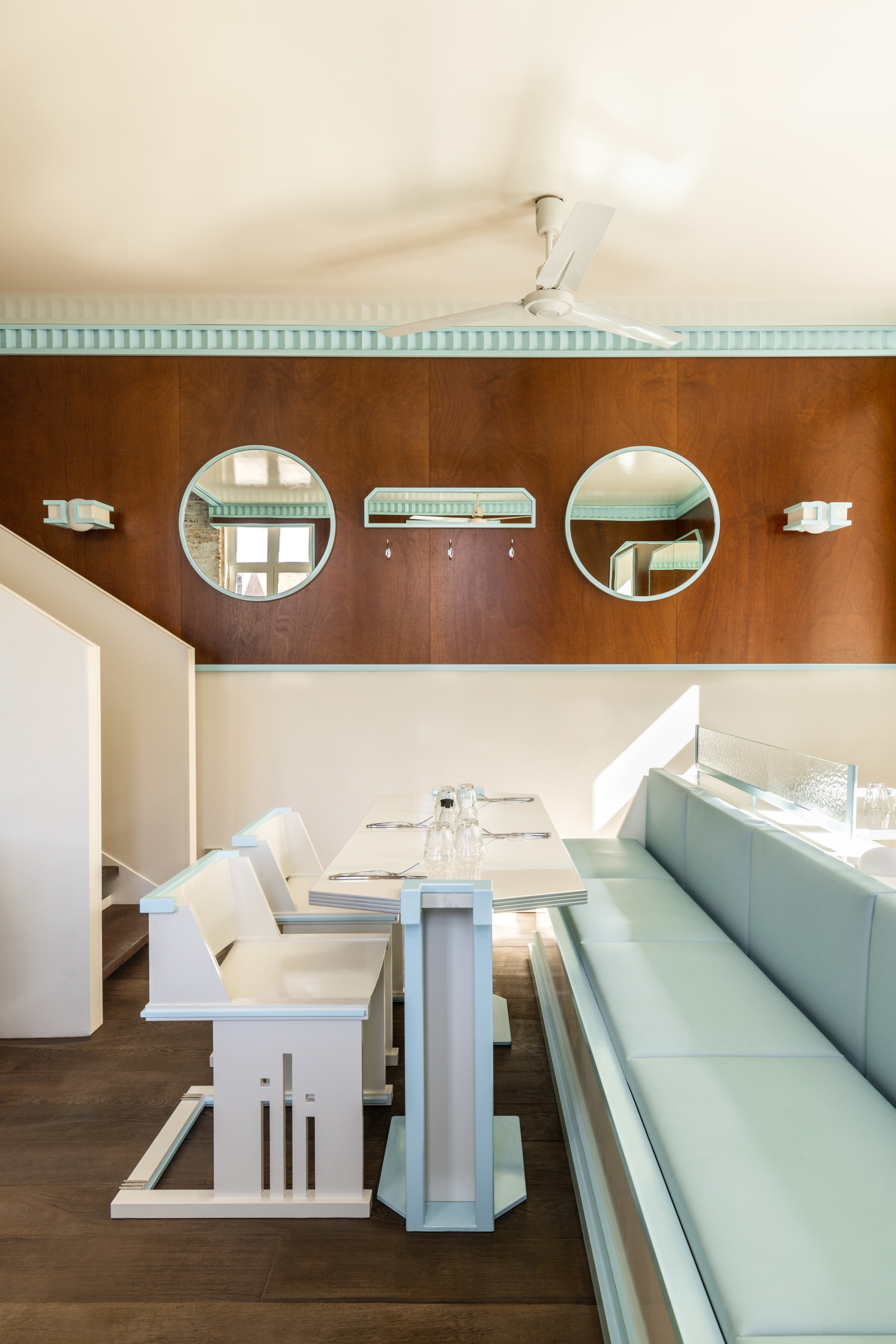
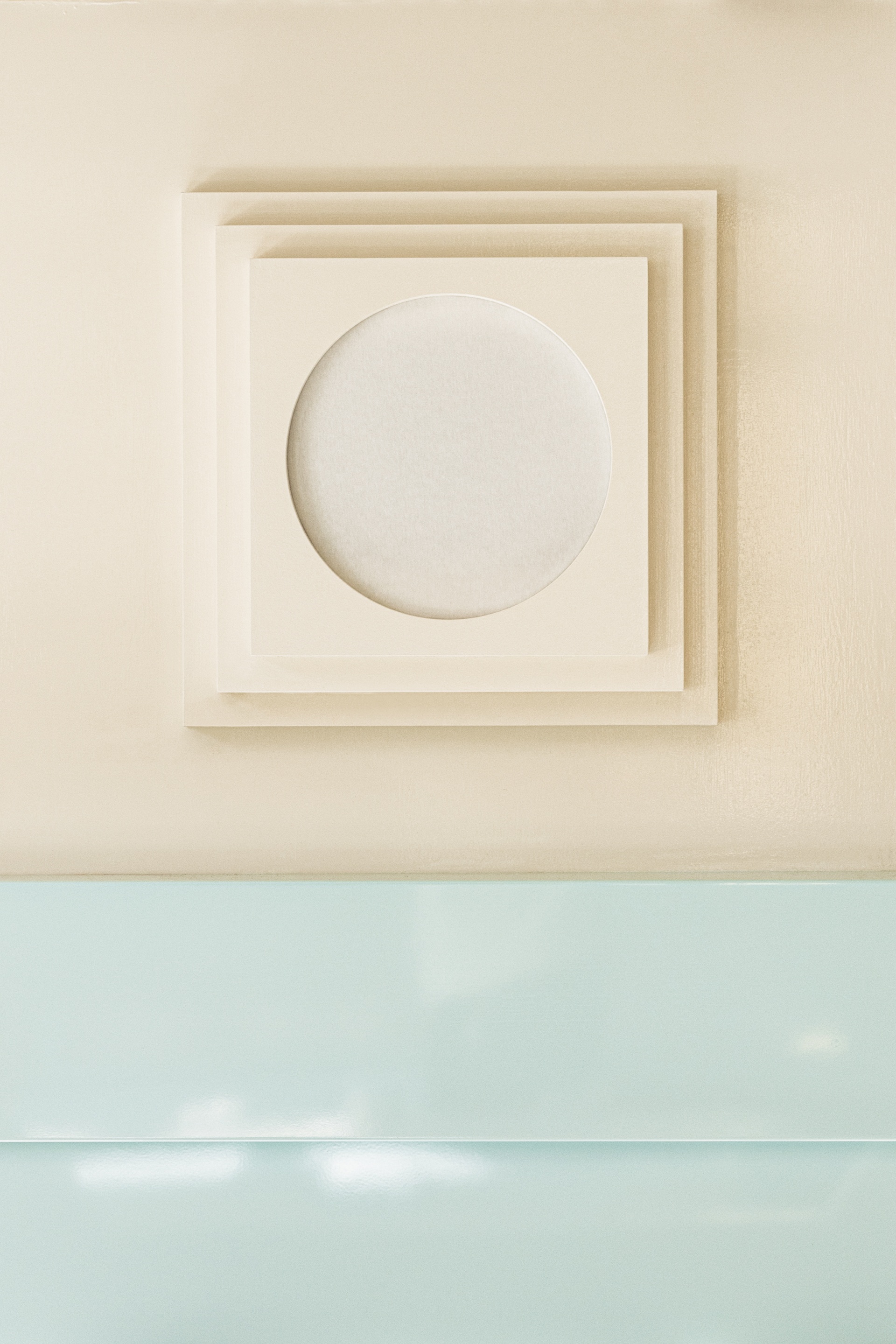
A big PNY sign, back-lit, curves the shape of a half-arc. The superior floor is a dining-room maze. The chair, designed for the project by Guénaire, hints at Schindler - student of the great Frank Lloyd - whom Guénaire worships. Larger than the average chair, it is strongly American and reassuring. The table is voluntarily overhung, the top part with its aluminium details is held by a steel hand, while stationary tables are designed like small rooftops.
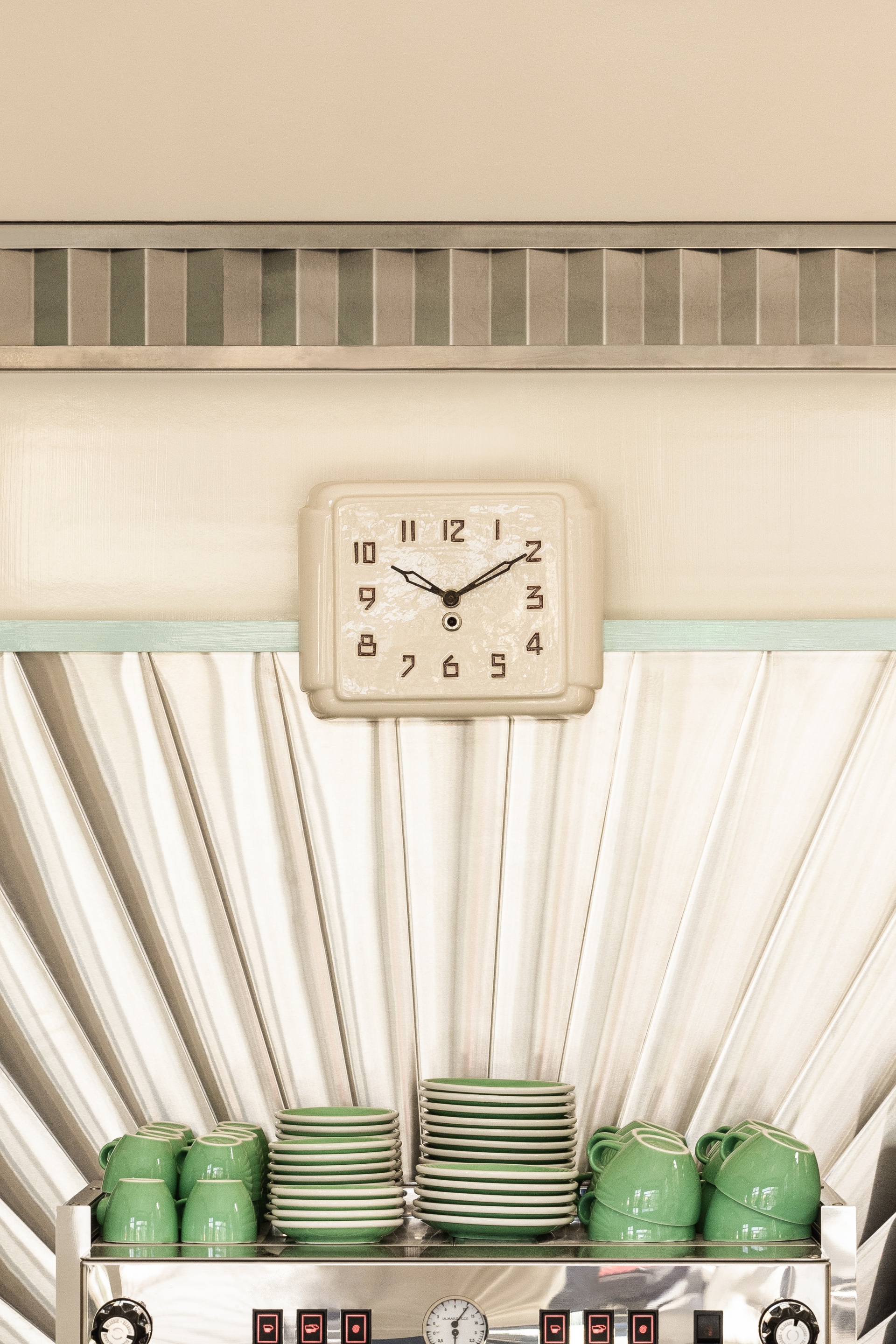
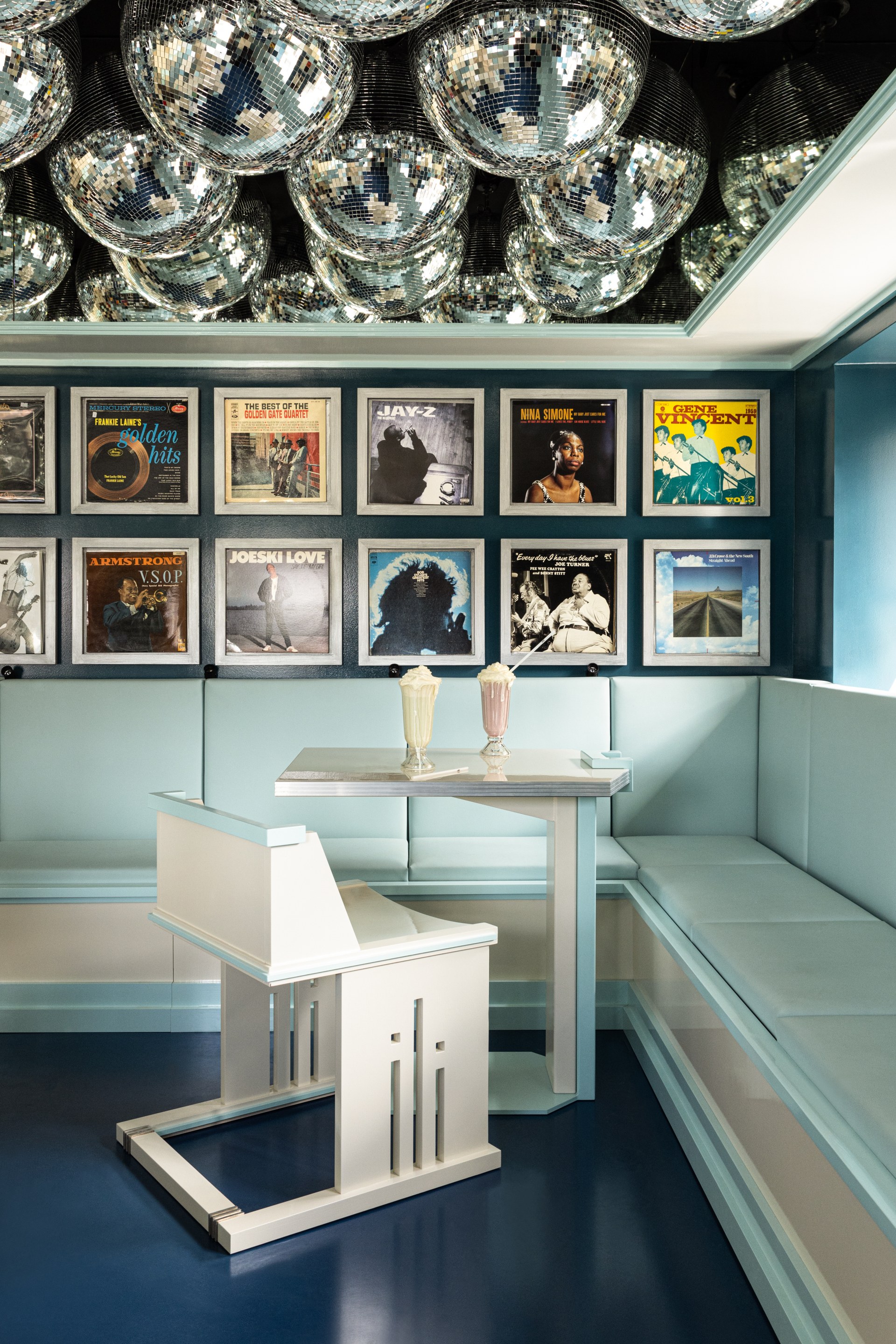
The wall lamp is very symbolic: an opaline ball, representing a perfect world, of the cosmic and solar self, is held by a rational square structure, which a slot prevents from closing entirely. The unconscious always escapes in part to the conscious self.
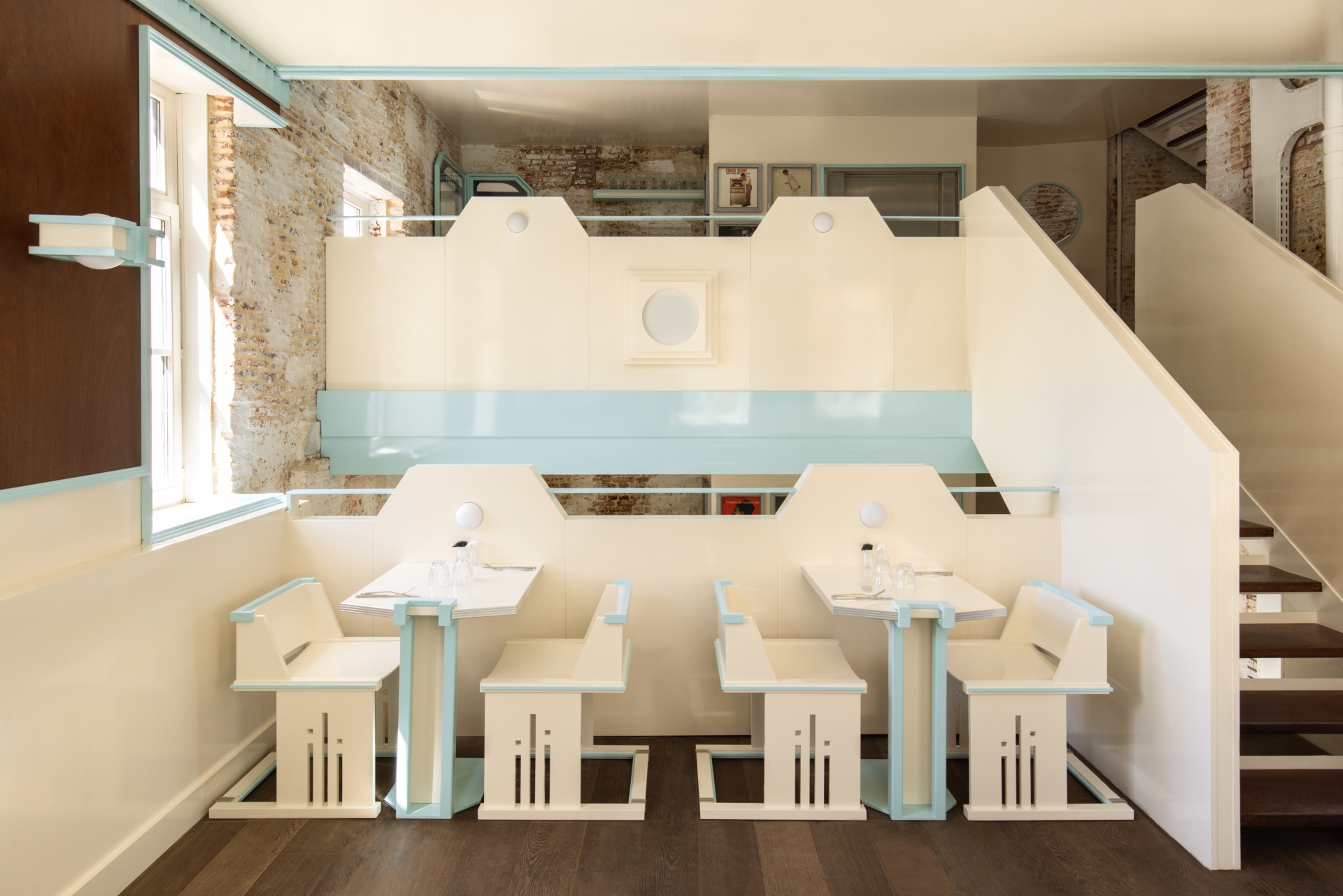
On the top deck, Guénaire has placed forty-two disco balls hanging on the ceiling. On Giorgio Moroder’s soundtrack, Brian de Palma’s Scarface, this resembles a starry starry night in broad daylight.
